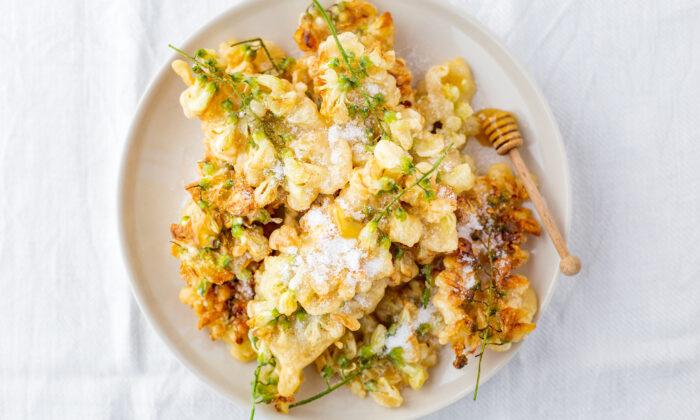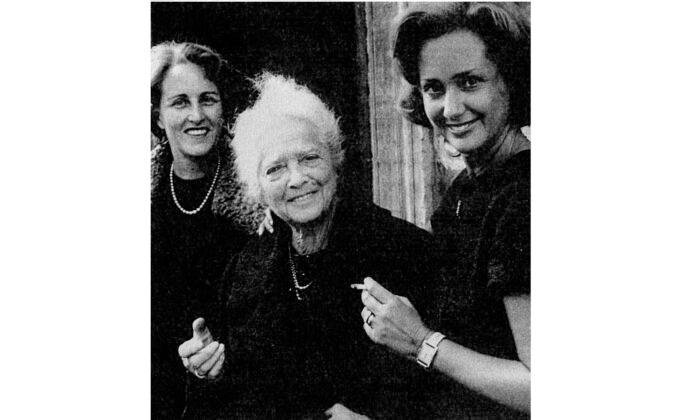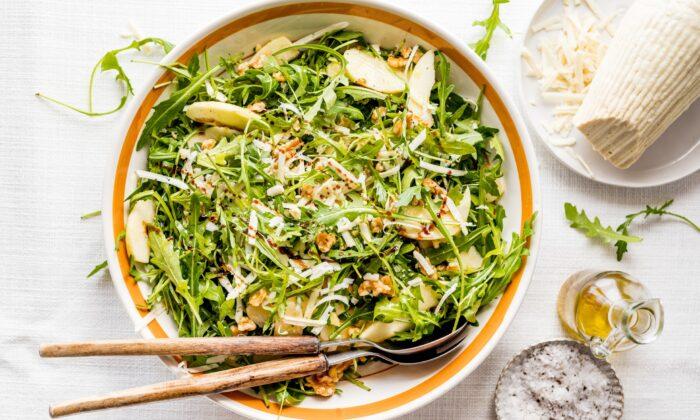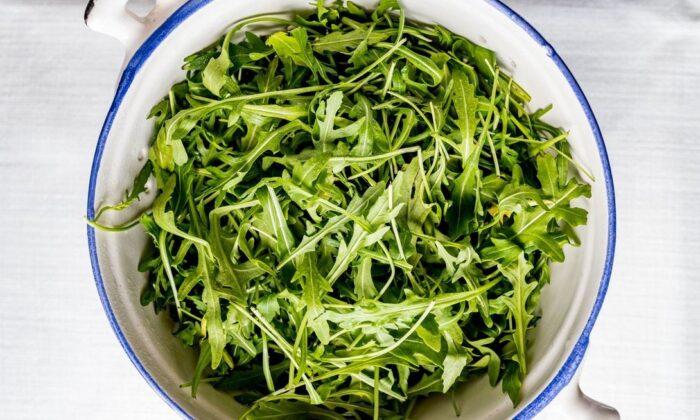I’ve always had a fascination with all the edible treasures that grow in the wild.
Before my family had a vegetable garden and an orchard, there were always bitter herbs to be foraged, tiny tart wild apples to be picked, hedgerows of blackberries teeming with life at the end of summer. There were pine nuts collected under century-old pine trees, and wild mushrooms that Grandma would bring home in a wicker basket.
And in the spring, there were the most delicate edible flowers, a fleeting but intense seasonal delight in the kitchen.
Black Locust Flowers
I grew up recognizing spring by the smell of fiori di acacia, acacia flowers, blooming underneath my bedroom window. They are easy to spot: clusters of tiny, butterfly-shaped white flowers, smelling intensely of honey.As a child, I used to play with the dried flowers collected on the ground to make what I would call mangiarini, inedible potions of water, dried petals and leaves, sand, and anything else I could find in the garden—my first attempt at cooking!
Now that I’ve moved a few yards from my parents’ house, the big tree is just in front of my kitchen window. In the spring, I keep my windows wide open to let that wonderful honeyed aroma drift in.

Black locust flowers are easy to spot: dangling clusters of creamy white, butterfly-shaped flowers, smelling intensely of honey. Photo by Giulia Scarpaleggia
What we call acacia here in Italy is actually Robinia pseudoacacia, known as black locust or false acacia in the tree’s native North America. It was introduced to Europe from North America in 1601 by the botanist Jean Robin, gardener and herbalist to the French kings. We can still admire the first tree he planted in Paris, in the Place Dauphine, which is said to be the ancestor of all the robinia trees in Europe.
Bees love black locust. You’ve probably tasted a spoonful of its pale, runny honey, delicate and floral.
Black locust flowers are considered a delicacy, and not just by bees! The most common use for them in the kitchen is to lightly batter and deep-fry them. You can serve the crisp, fragrant fritters either as a sweet treat, dusted with sugar, or an appetizer, sprinkled with salt.
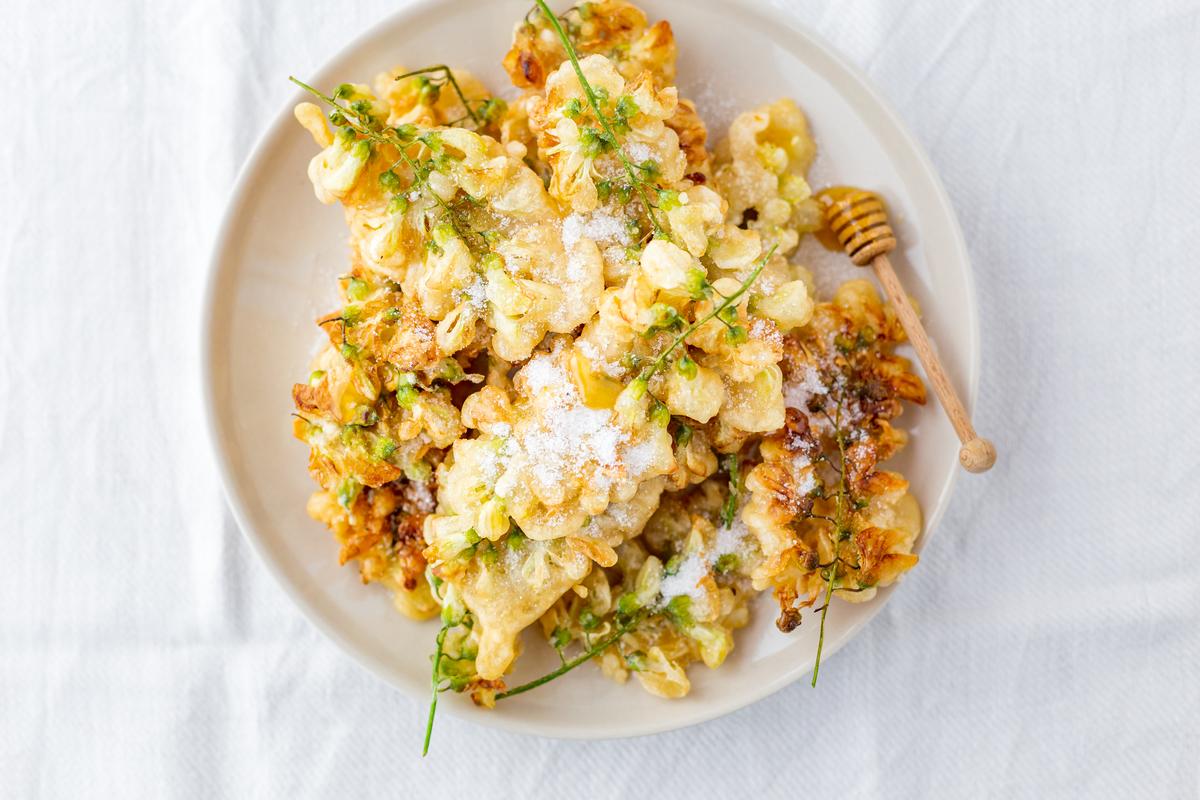
Black locust flower fritters have a heady, honeyed fragrance and delicate floral flavor. Sprinkle with sugar or drizzle with locust honey to serve. Photo by Giulia Scarpaleggia
When you bite into one, you’ll first be inebriated by the persistent, heady fragrance; then you’ll be hit by the mellow, honeyed taste of the flowers, with a delicate hint of vanilla.
Passionate foragers may also use black locust flowers to make a risotto with Parmigiano Reggiano, to perfume a cake batter, or even to infuse an apple jam.
Elderflowers
Elderflowers, fiori di sambuco, are another marker of the blooming of spring, the good season of foraging. As soon as April arrives, whenever I drive through the countryside, I’m constantly searching for the tiny white flowers.And all of a sudden, there they are: creamy white, parasol-shaped sprays, punctuating and perfuming the countryside, especially along little streams and on the edges of cultivated fields and woods. At the end of summer, the same trees will produce small blue-black bunches of elderberries, which are equally delicious when properly cooked.
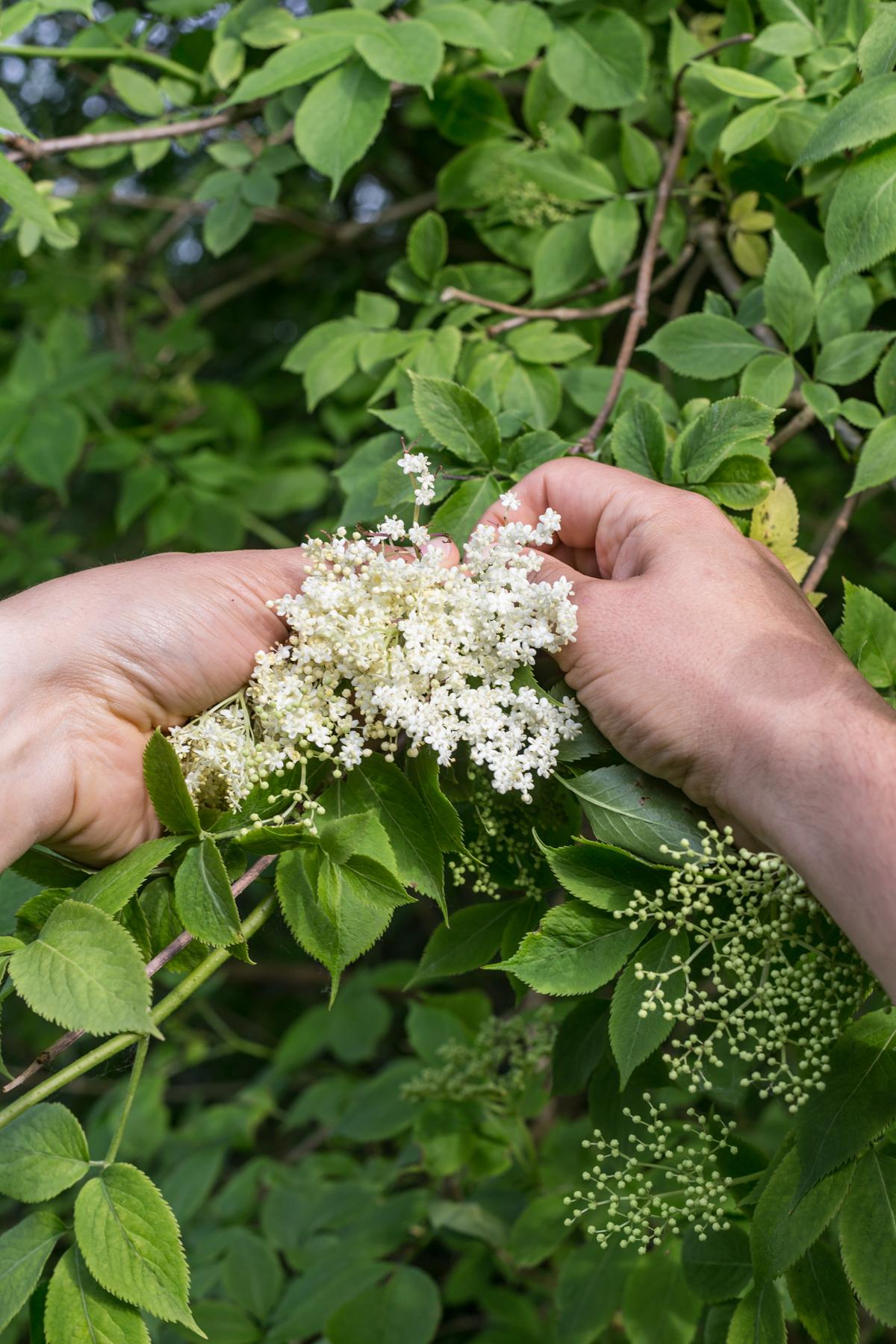
Parasol-shaped sprays of elderflowers punctuate and perfume the countryside come spring. Photo by Giulia Scarpaleggia
Elderflowers, like black locust flowers, can be used to make fritters, either sweet or savory. They can also be infused overnight in cream or milk, to make gelato, panna cotta, or a simple pastry cream or custard, perfumed with that unmistakable scent of spring.
One of the most common uses for elderflowers is to steep them in hot water and sugar with some lemons to make a syrup, or a cordial. This elderflower syrup can be used to soak a sponge cake or make a fruit sorbet (raspberry or strawberry purée is a perfect match). The cordial can also be diluted with still or sparkling water for a refreshing summer drink, or even with some prosecco and tonic water to make a Hugo, a spritz-like aperitivo from Alto Adige, in the North of Italy.
Use elderflowers as soon as possible after picking them, before they start smelling like cat urine! Unlike locust flowers, elderflowers can be dried. Stand the parasol-shaped clusters upside-down on a clean towel, stems sticking up, and let them dry completely. Then, gently shake them and collect the tiny flowers. Kept in a closed jar, the dried flowers will retain almost all of their fragrance for months, and can be used to make infusions, or to flavor cookies and meringues.
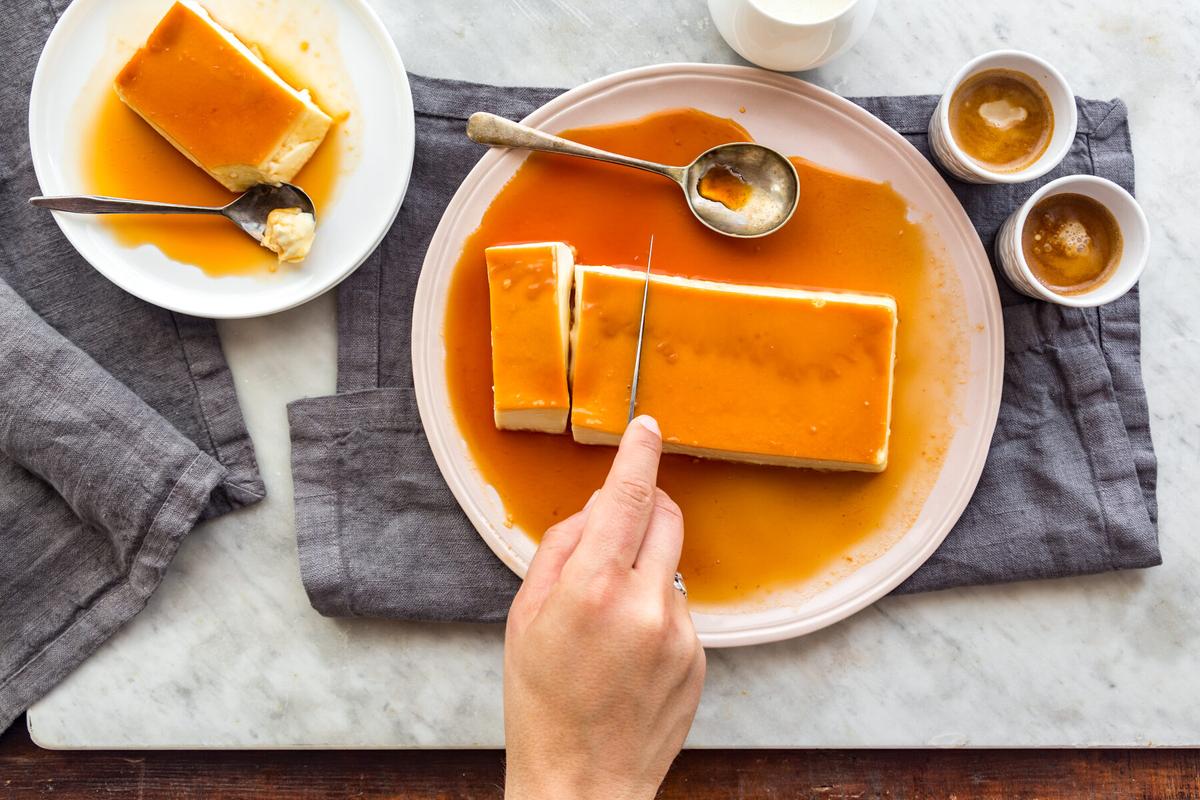
Soft and silky, this panna cotta is made with cream infused with the delicate aroma of elderflowers. A caramel topping adds a pleasant bitter note. Photo by Giulia Scarpaleggia
Other Flowers
According to “The Oxford Companion to Food,” there are several flowers that can be dipped in light batter and fried to make delicate sweet fritters: along with elderflowers and locust flowers, apple blossoms, wisterias, and lilacs are also edible, and delicious.Borage has pretty blue edible flowers, too, with a delicate flavor. They have been used since Renaissance times to decorate food and toss into salads.
Fresh herb flowers are also edible, just like their leaves. Take chives, for example, whose purple, pom pom-like blossoms retain a mild onion-y taste. Scatter the petals over a potato salad to complement a fresh herb dressing and add a note of color.
The same goes for rosemary and its teeny-tiny light blue flowers, which taste like a milder version of its leaves. They can be sprinkled over a risotto, or used to give an interesting botanical note to a golden pear jam. Or, lightly dust them with flour and fry them in hot oil, and you’ll get popcorn-like treats to serve as an appetizer.
Many other blossoms, like jasmine and roses—the protagonists of the month of May—can be crystallized to decorate cookies, pastries, and chocolates, or lend their romantic floral aroma to preserves, syrups, and sorbets.
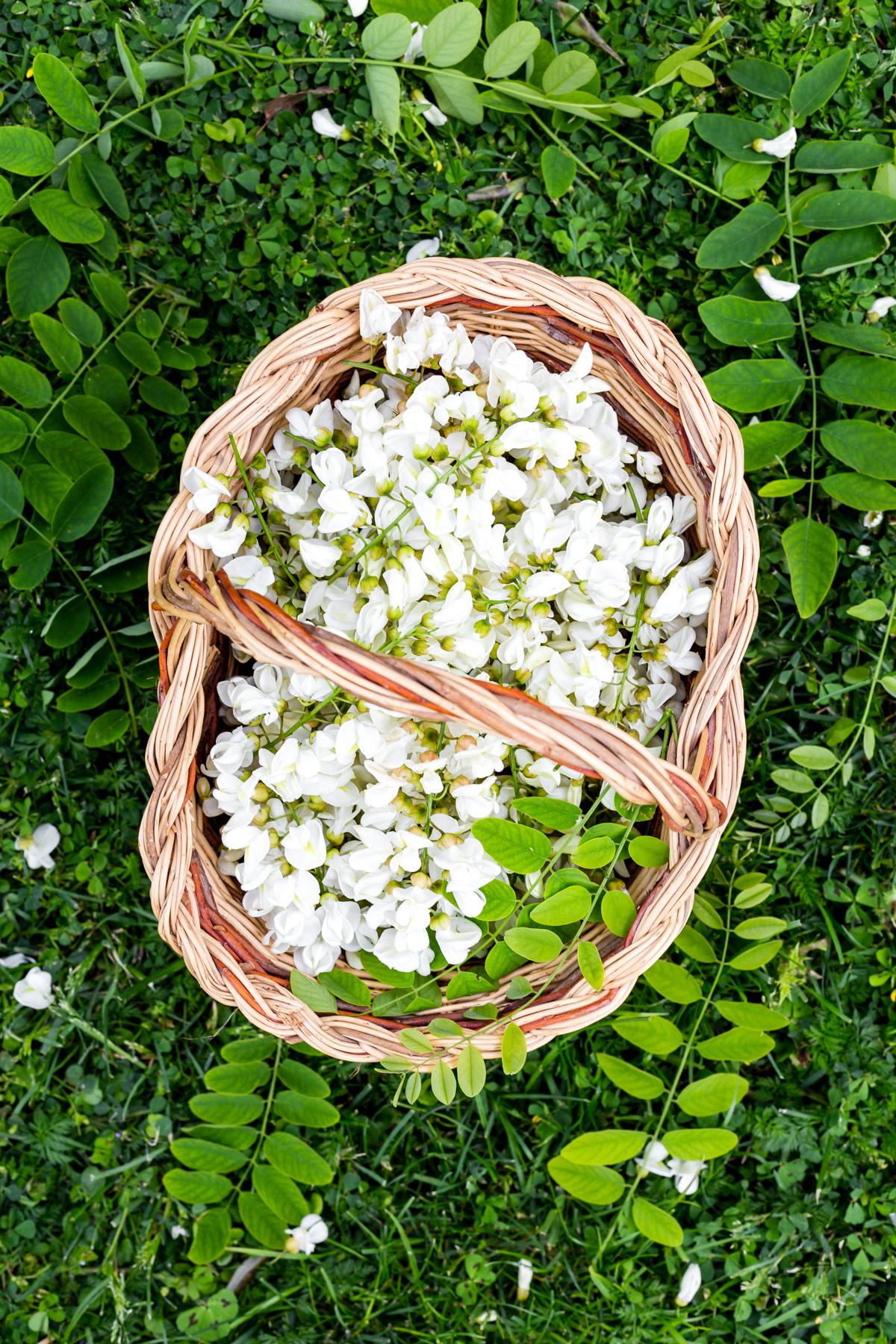
Gone flower foraging. Giulia Scarpaleggia
Tips for Foraging Flowers
When collecting wildflowers, choose trees that are far from congested roads or other polluted areas. Bring a pair of scissors with you, and preferably also a pair of gloves, as the black locust tree has small spines on its branches. Choose only flowers that look and smell fresh, and avoid any clusters with dried or yellowing flowers. Do not eat the leaves or twigs, which may be toxic.If you are not sure about your ability to recognize the trees and the flowers, always ask an expert, to avoid non-edible and potentially toxic lookalikes. When in doubt, do not eat.
Don’t wash the flowers under running water—especially if you plan to fry them, as they will get soggy and make the hot oil splatter everywhere—but do inspect and gently shake them to remove dust and unwanted insects.
Giulia Scarpaleggia is a Tuscan born and bred food writer, food photographer, and author of five cookbooks, including “From the Markets of Tuscany.” Find her online at her blog, JulsKitchen.com

